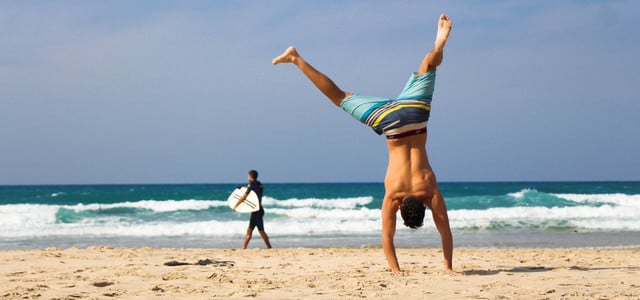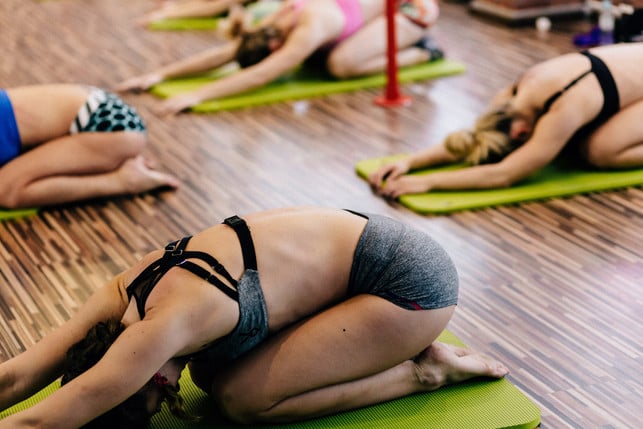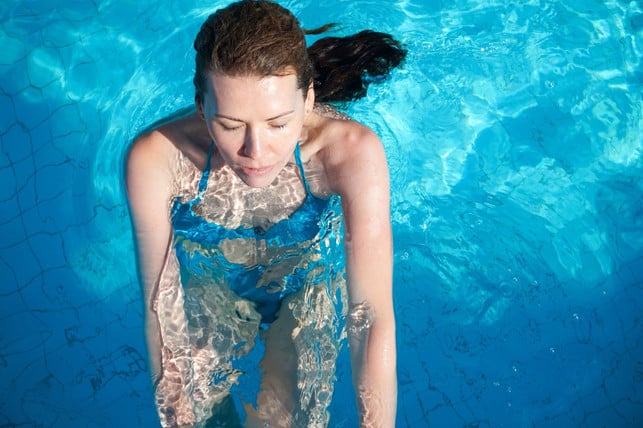
Active Recovery – active regeneration – is more than just a trend. It helps improve fitness and specifically support the body.
There is often talk of active regeneration in the world of sport and fitness. Instead of pausing completely on training -free days, many athletes set: In this context, it is better to use light physical activities to promote relaxation. But what exactly hides the Active Recovery and does it really work? Who is that suitable for?
This article illuminates the basics, advantages and scientific knowledge about active regeneration.
Active Recovery – what is that anyway?

Active Recovery describes a phase of relaxation after training, in which the body is supported by light, controlled movement in its regeneration. In contrast to passive regeneration, in which full calm is in the foreground, Active Recovery includes light activities such as:
- loose
- Relaxed cycling
- To swim
- gentle yoga
The aim is to promote blood circulation, stimulate the metabolism and to accelerate the dismantling of metabolic products such as lactate and thus help the body to regenerate faster.
This is how Active Recovery works

The effectiveness of Active Recovery is based on several physiological mechanisms: the light movement increases blood circulation, which improves the transport of oxygen and nutrients to the muscles and ensures that waste products are better transported away. This can reduce sore muscles and accelerate general relaxation.
Studies show that active regeneration can lower the lactate level in the blood faster than passive relaxation, which leads to a faster restoration of performance.
What are the advantages of Active Recovery?

The advantages of Active Recovery are proven by various scientific studies. Research shows that active regeneration reduces muscle stiffness, improves flexibility and reduces the risk of overload injuries. In addition, active relaxation can help to reduce mental exhaustion and increase general well -being.
Many publications on the subjects emphasize that active relaxation primarily promotes blood circulation and thus supports the healing process after intensive training sessions.
Who is Active Recovery for?

Active Recovery is suitable for everyone who is doing sports- from leisure to leisure. Active relaxation is particularly advantageous for people who want to train regularly and optimize their recovery phases.
In competitive sports, of course, it is important to consider your own training plan when planning active recovery. For hobby athletes: However, there is little inside that you can do wrong when you relax as long as you do not overdo it with the intensity.
However, you should avoid active regeneration in acute injuries or severe pain. In such cases, passive relaxation and, if necessary, medical care are definitely the better choice.
Different types of Active Recovery

You can design Active Recovery in many different ways – depending on the fitness level, training goals and individual preferences.
-
Easy endurance training: walking loose, relaxed cycling or slow swimming promote blood circulation, support the metabolism and burden the cardiovascular system only minimally.
-
Regenerative yoga: gentle stretching and conscious breathing not only promote physical regeneration, but also mental relaxation and reduction in stress.
-
Mobility training: Mitability exercises with your own body weight can help you solve tension, maintain the mobility of the joints and prevent overload.
-
Functional light strength training: Activate exercises such as light squats or controlled failures without additional weights and bleeding out your muscles without creating new fatigue.
-
Relaxed swimming: gentle training in the water relieves your joints and tendons while at the same time your heart and muscles are gently challenged. This is particularly recommended after intensive loads. A study showed that athletes: the next day in training, better performed when they had used swimming as an active recovery the day before.
-
Fascia training and light stretching: With the help of fascia rolls or stretching exercises, you can solve adhesive in the connective tissue and thus support the recovery of the muscles.
Read more on utopia.de:
- Workout at home: 4 ideas for sport in your own four walls
- Doing: This is how you find the right sport
- Warm up before sport: exercises for warm-up
** marked with ** or orange underlined Links to sources of supply are partially partner links: If you buy here, you will actively support Techzle\.com, because we will then receive a small part of the sales proceeds. More information.